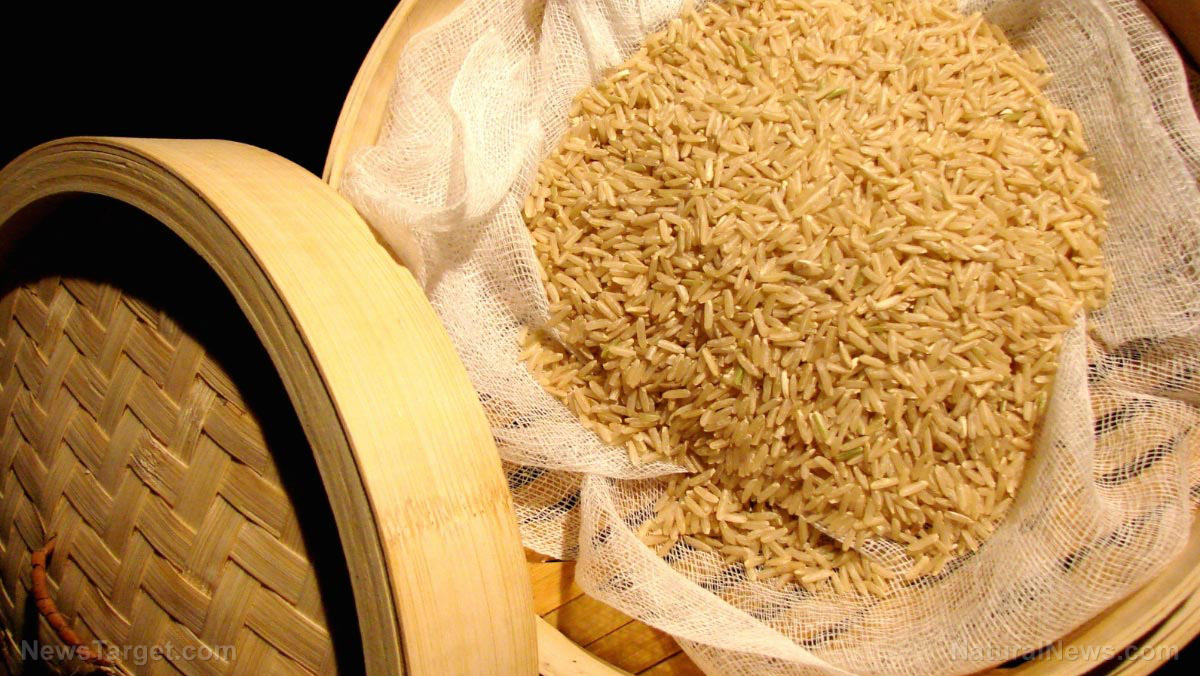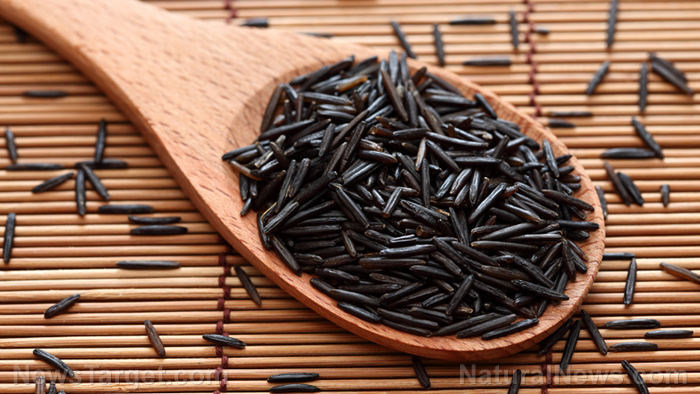
White rice, the most commonly consumed variety of the grain, has a somewhat unsavory reputation. With a glycemic score of 64, eating a lot of it is considered a risk factor in Type 2 diabetes. There are even studies that link it to an increased risk of hypertension and metabolic syndrome. In short, it's not the food you would recommend to people trying to lose weight.
Black rice is considered a healthier variety than white rice. The ancient Chinese believed eating it improved the kidneys, stomach, and liver, which made it the favorite of nobility. It had such a considerable value that common folks were forbidden from growing or eating it. Because of this, black rice became known as “forbidden rice.”
Centuries later, black rice is anything but forbidden. In fact, health enthusiasts are now encouraging its consumption for the following reasons:
- It is nutritious – The characteristic color of black rice comes from anthocyanins, the same plant pigments that give blueberries their deep hue. Anthocyanins are powerful antioxidants linked to multiple heart and brain-related benefits. Compared to white rice, black rice also has more protein and detoxifying phytochemicals.
- It has little sugar – With a GI score of only 42.3, lower even than brown rice's 44, black rice is considered low-glycemic. For this reason, it is considered to be a much healthier option for diabetics than white rice.
- It has plenty of fiber – Dietary fiber performs different roles in the body. Your digestive system cannot fully digest it, so it becomes food for the friendly bacteria in your gut. It also slows down the metabolism of sugar, preventing the rapid spikes in blood glucose levels that cause Type 2 diabetes. Finally, it helps you stay full longer, which is one reason black rice is considered good for weight loss.
But as a study, published in the Journal of Medicinal Food, has proven, the anti-obesity effects of black rice go beyond its high fiber content. In the animal study, the researchers proved that supplementation with black rice can inhibit the accumulation of fats in the liver, even in mice fed with a high-fat diet. Forbidden rice also reduces triglyceride and low-density lipoprotein (LDL) cholesterol levels while increasing high-density lipoprotein (HDL) levels. High LDL and triglyceride and low HDL concentrations are commonly observed in obese individuals and are risk factors in heart disease.
The researchers concluded that black rice does have anti-obesity effects because of its ability to reduce the accumulation of and promote the breakdown of fat.
Adding black rice to your diet
One of the winning qualities of white rice is that you can cook it as simply as possible (just boil it, and you're good to go) and it will go well with virtually anything. This versatility is not lost in black rice. You can prepare it in so many different ways and get its health benefits in the process.
- As a salad – Cereals don't always make it to salad bowls, but the chewy consistency and mild flavor of black rice make it an ideal ingredient for a beautiful and delicious salad. This recipe combines black rice, Brussels sprouts, edamame, and pomegranate seeds to create a nutritionally complete dish.
- As risotto – You can revamp white rice classics and give them a dark and nutritious twist. This risotto recipe, for instance, uses black rice instead of white. The addition of golden butternut squash and white burrata makes this dish a creamy, healthy, and soulful gastric delight.
- As dessert – Healthy foods make for great desserts, too. This pudding recipe combines black and white rice to create contrasting hues unified by the creamy and earthy flavor of coconut milk.
Learn which foods will help you fight obesity at Slender.news.
Sources include:
Please contact us for more information.




















